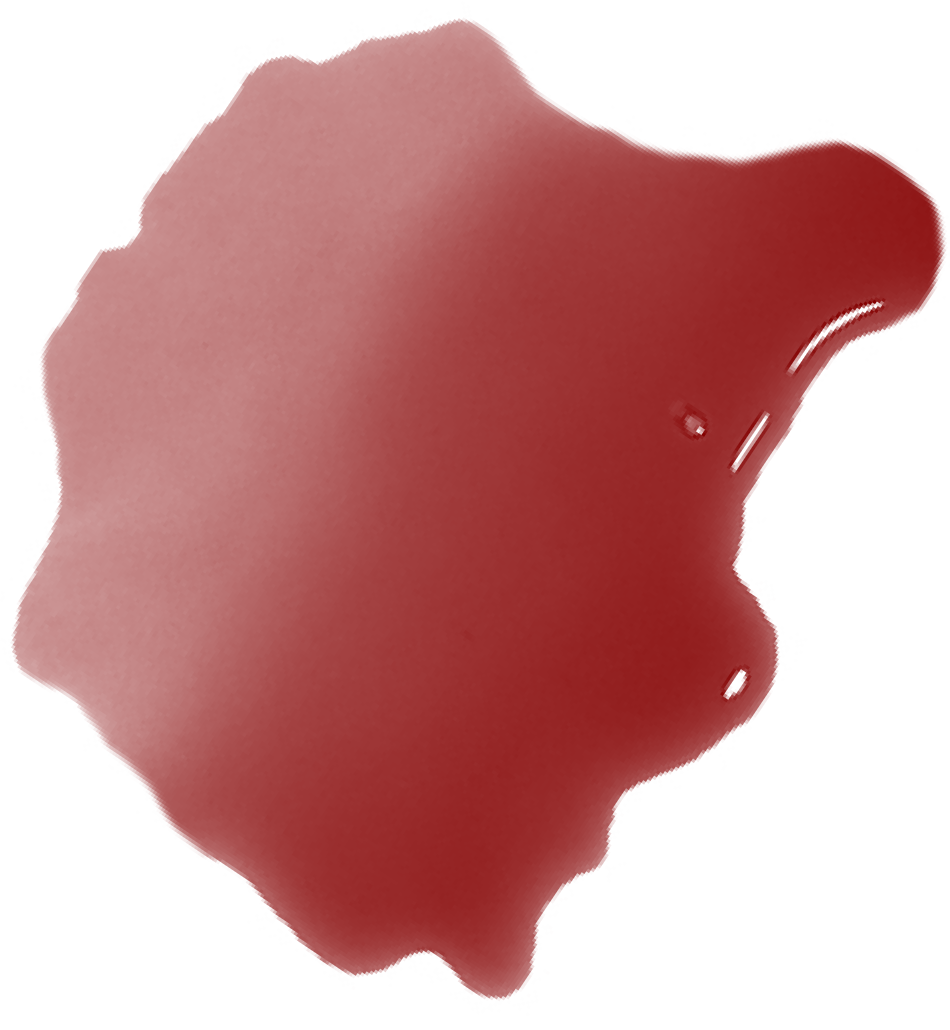


Coltibuono
About Coltibuono
The “abbey of good culture” was established in 1051 By San Giovanni Gualberto, founder of the Vallombrosan order and patron saint of the foresters, rangers and parks. The Vallombrosans may have been the first to cultivate Sangiovese in Tuscany. The name Coltibuono implies a duality of purpose. An ancient badia, or abbey, holds a special place in the history of Western Europe. During the Middle Ages, these abbeys served not only as places of worship and spiritual refuge, but also as centers of learning, engines for economic growth, and laboratories for agricultural development.
The monastery was active from 1000ce to 1810 when Napoleon annexed most church property in Tuscany. Some he gave away to friends or as political favors, some he sold. Thus, there were two owners between the time of the secularization and the abbey’s purchase by the Stucchi’s ancestors in 1846. Roberto Stucchi and his siblings are seventh generation stewards of the property. The philosophical approach is to maintain both the integrity of Sangiovese and the unique terroir of Chianti Classico through organic farming practices, clonal diversity and restrained use of new oak barrels. They continue to work with pioneering Tuscan oenologist Maurizio Castelli.
